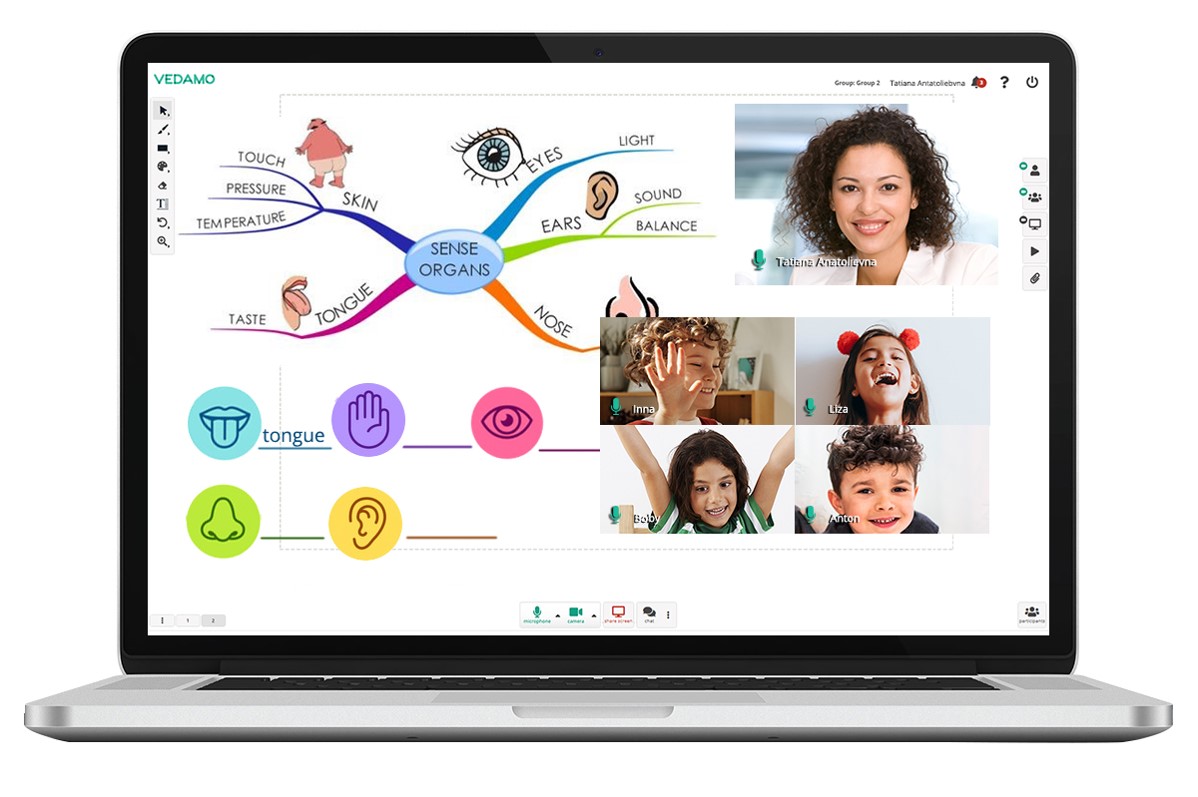What do you need for a Virtual Classroom

Setting up a virtual classroom requires a combination of hardware, software, and a reliable internet connection.
Here's a list of essential elements for a Virtual Classroom:
-
Computer or Device:
- A desktop computer, laptop, tablet, or even a smartphone can be used for virtual learning. Ensure that the device meets the system requirements of the virtual classroom platform you're using.
-
Internet Connection:
- A stable and high-speed internet connection is crucial for smooth participation in virtual classrooms. Consider using a wired connection for better reliability, especially during live video sessions.
-
Web Camera:
- Many virtual classrooms include video conferencing features, so having a built-in or external webcam is essential for video interactions.
-
Microphone:
- A microphone, either built into your device or an external one, is necessary for clear audio communication during virtual classes.
-
Headphones or Speakers:
- Headphones or external speakers can improve audio quality and help reduce background noise, ensuring a better learning experience.
-
Display:
- A device with a clear and adequately sized display is important for viewing presentations, documents, and other shared materials during virtual classes.
-
Compatible Browser or App:
- Ensure that you have a compatible web browser or a dedicated application for accessing the virtual classroom platform. Common browsers include Chrome, Firefox, Safari, or Microsoft Edge.
-
Virtual Classroom Software or Platform:
- Choose a virtual classroom platform that suits your needs. Popular options include Zoom, Microsoft Teams, Google Meet, and other learning management systems (LMS) like Moodle or Canvas.
-
Account Credentials:
- Create an account on the virtual classroom platform and ensure that you have the necessary login credentials to access the classes.
-
Document Camera (Optional):
- If you need to demonstrate physical documents or objects, a document camera can be a helpful addition to your setup.
-
Notetaking Tools:
- Have digital notetaking tools or applications ready, as virtual classrooms often involve taking notes or collaborating on digital documents.
-
Lighting:
- Ensure good lighting in your workspace to make sure you are clearly visible during video sessions. Natural light or well-positioned artificial lighting can enhance video quality.
-
Quiet Workspace:
- Choose a quiet and comfortable workspace to minimize distractions and create a conducive learning environment.
-
Backup Power:
- Consider having a backup power source, such as a charged laptop or a UPS (Uninterruptible Power Supply), in case of power outages.
By ensuring you have these elements in place, you can create a conducive and effective virtual learning environment for yourself or your students.
Thank you.
